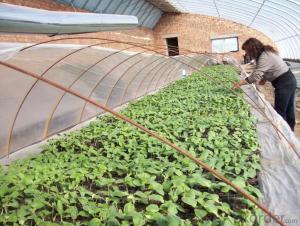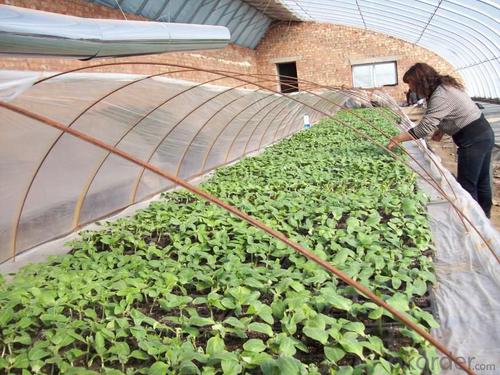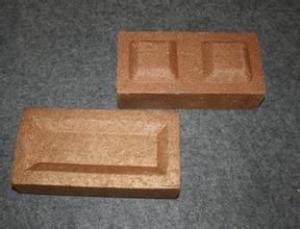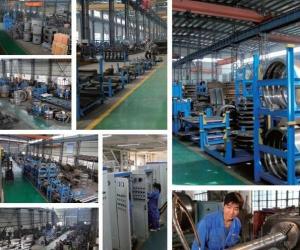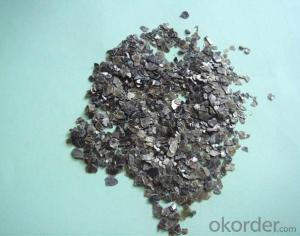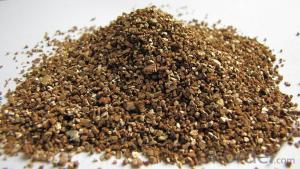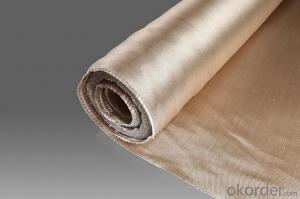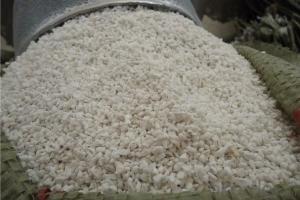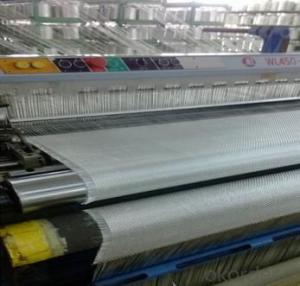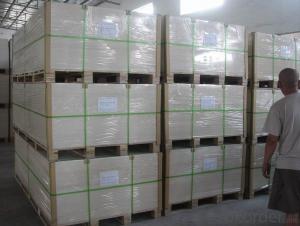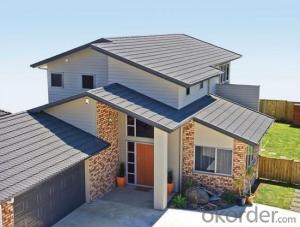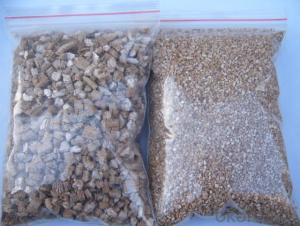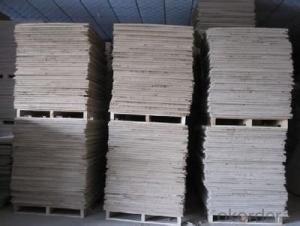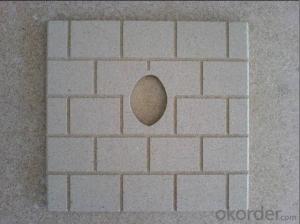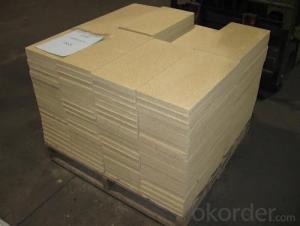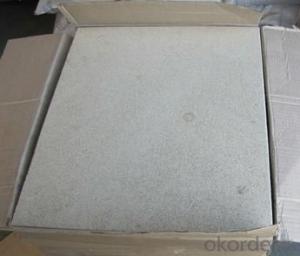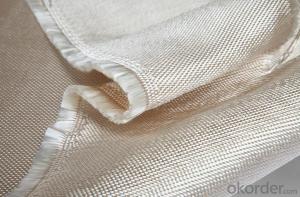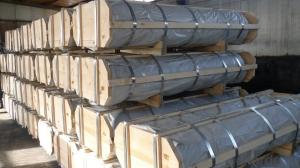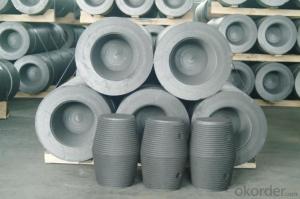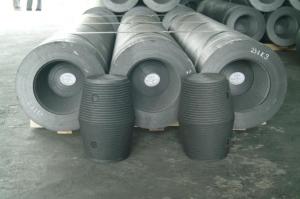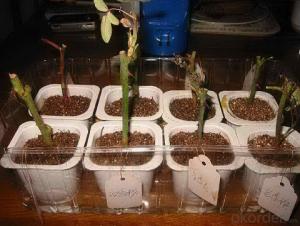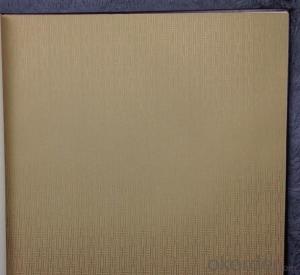Exfoliated Vermiculite for Thermal Insulation
- Loading Port:
- Tianjin
- Payment Terms:
- TT OR LC
- Min Order Qty:
- 20 m.t.
- Supply Capability:
- 1000 m.t./month
OKorder Service Pledge
OKorder Financial Service
You Might Also Like
Packaging & Delivery
| Packaging Detail: | 15kg/bag, 12kg/bag or as you required |
| Delivery Detail: | Within 10-25days after get 30%deposit |
Vermiculite for Insulation
Product Description
Thermal conductivity is small, is a good insulating material. Good quality of expanded vermiculite, the highest temperature can reach 1100 ℃. In addition, expanded vermiculite has good electrical insulation. Expanded vermiculite is widely used in insulation, fire prevention materials, seedlings, flowers, trees, friction materials, sealing materials, electrical insulating materials, coatings, plate, paint, rubber, refractory materials, hard water softener, smelting, construction, shipbuilding, chemical industry, etc.
1.Silver expanded vermiculite features
Heat-resistant ,corrosion-resistant,well-ventilation,water preservation,poisonless,odorless,
low hardness,burning-avoidness, light-weight .etc
2.Silver Expanded vermiculite size
Size | Geade | Expansion ratios | Impurity | Asbestos |
0.3-1mm | Superfine | 120-150kgs/m3 | 2%max | None |
1-3mm | Fine | 100-120kgs/m3 | 2%max | None |
2-4mm | Medium | 100-120kgs/m3 | 2%max | None |
3-6mm 4-8mm | Large | 100-120kgs/m3 | 2%max | None |
3.Chemicals
SiO2 | 37-42% |
MgO | 11-23% |
Al2O3 | 9-17% |
Fe2O3 | 3.5-18% |
CaO | 1-2% |
K2O | 5-8% |
PH | 7-11 |
- Q: help! my corn snakes have had eggs i have incubated them and put them in vermiculite they are stuck together i know thats normal but they have started to collaps after only 1 week and some of them have yellow marks on them do you thing they are dead or alive?plz reply i need help!!
- I genuinely won't be ready to help with vermiculite, yet i will make a tenet. attempt making use of hatch-ceremony (which would be bought on line from maximum reptile grant web content) and peat (which would be bought at maximum gardening centers). you additionally can want to get a small scale. Use approximately 30 grams of peat, 30 grams of hatch-ceremony, and 40 grams of water. Then merely get a twig bottle, set it to mist, and spray the lid of the hatching field a pair of cases each and every few days. it somewhat is an extremely effectual hatching medium.
- Q: What kind of material can be used instead of vermiculite and perlite in flower cutting?
- Peat can retain moisture while peat contains a large amount of humic acids that promote plant rooting. To choose half of humification and rougher peat with coarse sand and large particles of perlite as well. The prepared matrix is conducive to ventilation and drainage, but also conducive to the formation of root.
- Q: i bought one from sportsmans guide, $35. can one be built for less without sewing anything?
- SEWING??????? I could not sew if my life depended on it! My indoor greenhouse is a flat or two of seeding mixture, mostly vermiculite. That is smoothed into a flat seed pan or two, and the seed is put into it. Everything is wet down well and a water/mist bottle is set aside for later watering's. The seed trays are covered with Saran Wrap. When you see about 1/2 Of the seed you planted germinate, then Pull off the Saran Wrap. Next day and then after that for a week or so use the mist bottle four or five times a day to provide moisture. When you find that no longer provides enough moisture start to really water every 4 or 5 days deeply and be patient with the seeds. Soon you will see a second set of leaves develop. When these second leaves are developed enough then each plant can be transplanted into an individual pot or growth. What happens from there depends on You, the type of Plant and what part Of the country you live in!
- Q: So I am going to attempt to cultivate mushrooms... I was wondering if I could buy perlite and vermiculite at Wal-Mart?Also, are small mason jars hard to come by?
- I used vermiculite. There is a good article on this on okorder
- Q: So can you? Just an idea, its cheap,and im talking about the one without any additives or pesticides.
- Sand sounds okay, the only thing about it is if you don't find the eggs soon enough then they might dehydrate. . . Maybe if you mix the sand with the jungle mix? or vermiculite (which is really cheap) If you are suspecting your lizard to lay eggs you should put a lay box just in case. You don't have to put her in the lay box, just make the box accessible to the lizard. . . She may just lay them in her cage. . . My gecko did that even though it had a lay box.
- Q: I just got a Baby Leopard Gecko, and the pet store said the first time i spray him (with conditioned water) he might hiss. That was a surprise to me because. i didn‘t know you had to spray them.How much should you and when?Also I have a humidity thermometer thing in there that says (Desert) (Moderate) and (Rain forest) and goes from 0 to 100.What should the humidity be at?
- Moist Boxes In order to help your gecko shed properly, it's important to make a moist box available at all times. Overly low levels of humidity can cause the skin to stick to the body instead of being properly removed. If this happens, you will have to help your gecko shed. Fortunately, moist boxes are simple to create. Just fill a hide box with vermiculite, coconut fiber or moss, and moisten it slightly. The dampness of the box's contents will aid in complete shedding and will keep your leopard gecko a lot healthier. An improper shed is dangerous, since skin can remain on the toes and around the eyes, cutting off circulation as it ages. This is one of the most common ways that leopard geckos lose toes. The good news is that if you see toe caps remaining on your gecko, you can mist or soak it to help with removal. Just make sure to be gentle. It's also a good idea to make sure that your gecko's water dish is shallow, but wide enough for it to fit in completely, in case it would prefer to soak. Mist your moist box from time to time in order to keep it damp enough to be effective. It should be damp, but not soaking. Although leopard geckos naturally live in a dry climate, they need moisture to shed old skin, and their natural burrows are quite damp. Mist young geckos routinely, especially if it looks like they're close to shedding. Once or twice a week will work well to help them do it completely in most cases.
- Q: *read title*Please answer both questions.
- The only thing I would like to add is that I started holes for mine and it worked like a charm. Also after letting her rest and eat a bit after laying i would give her a nice soak in warm water which also seemed to help
- Q: I have read a Ron about the incubating process and I‘ve never seen anyone do what am about to ask about, so I understand if it‘s just a plain bad idea. Okay here goes: can I have an open top styrophone container with a heat lamp hub above it? I would adjust the distance of the lamp to get the right temp. The eggs could either be sitting on the right substrate and just have an open top. Or would it be better for the eggs to have a lid, in that cad though the eggs would end up getting water drops from the humidity. Thanks for helpful answers. Even though this seems like a very unexpirenced question, I would like you to know I‘m not a beginner with reptiles at all. Just with DIY incubators.
- Admittedly, I know more about incubating chicken eggs( and lizard eggs may be a little different). Ventilation IS important with ANY egg, and a Lizard egg is no exception though it may be more tolerant of higher heats as they often tend to live in hot, dry habitats. Too, though it is hot during the day, arid places often get some moisture at night (be it condensation or a VERY occassional rain. I suspect a little condensation from a lid on your incubator would be harmless. It is probably a good idea to have some limited humidity along with good ventilation anyway. Too as I believe sand is a natural media and substrate normal for eggs of this nature, it might be a good idea to use as it helps to maintain a more consistent incubating temperature . I suspect too that you don't want things getting too hot with the heat lamp thing though (as eggs can literally cook too). A thermometer and regulating lid and heat lamp distance advised. Too, there may be a warm and cool cycle involved with lizard eggs (like sun during day/cool at night), but again maybe sand tempers that to remain more consistent temp wise as sand will retain heat for a time. Don't know if this was much help, but I wish you luck. peace.
- Q: How would I make a concrete couch for my back yard or any kind of mold for that matter? What do artist use to make things like that then put tile on them as mosaics.
- From your design build a form with recyclable materials. You will need to use metal rods called rebar to reinforce the concrete. Pour concrete into holes on the bottom side of the form.Let it set for a couple of hours. Remove the form pieces and voila! After that, it's just a matter of filling in the patchy areas and smoothing out the rough spots with a grinder. Then you can add tiles or a waterproof cushion for comfort. Be sure to seal the concrete with an eco-friendly sealant.
- Q: I‘m thinking that they are protesting the fact that they are still in pots and not in the ground. What do you think?I have a little area near a privacy fence where I could plant them. This is TX, and it gets really hot. I could plant them with morning/aftnoon sun, or afternoon shade, or I could plant them where there is mostly shade. Opinions?Thanks, y‘all
- hit it with a ball peen hammer.
Send your message to us
Exfoliated Vermiculite for Thermal Insulation
- Loading Port:
- Tianjin
- Payment Terms:
- TT OR LC
- Min Order Qty:
- 20 m.t.
- Supply Capability:
- 1000 m.t./month
OKorder Service Pledge
OKorder Financial Service
Similar products
Hot products
Hot Searches
Related keywords
